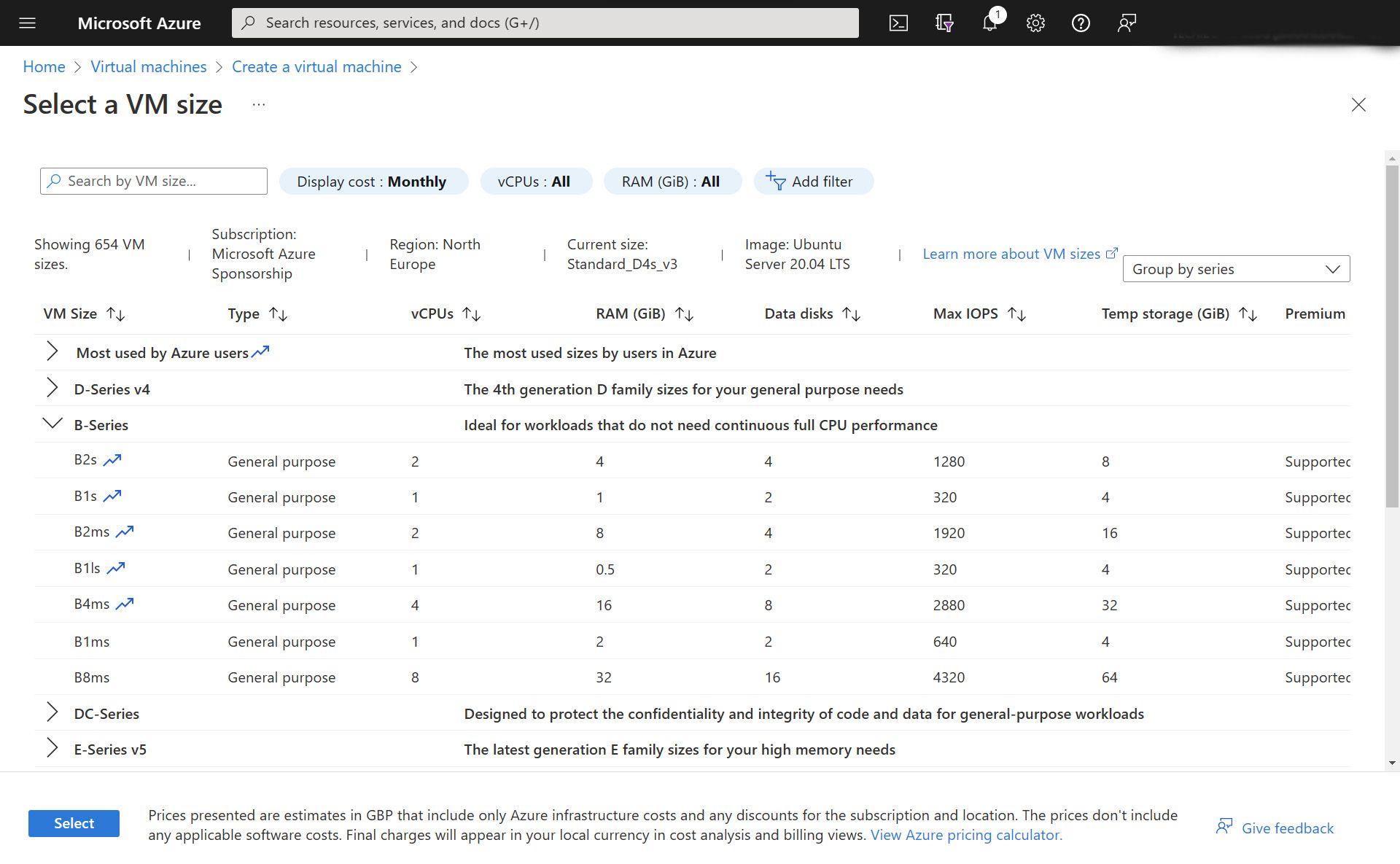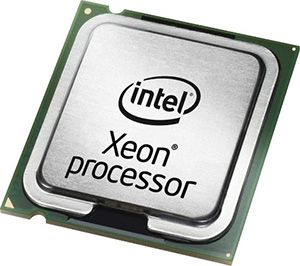Azure VM Series explained
Exploring the Azure virtual machine series types and explaining what they mean and what the use cases are.

Within Azure Virtual Machines (VMs) come in predefined sizes. They are called families or series.
Within Azure it is not possible to just pick the amount of CPU cores or GB of RAM they way you do when creating a VM within VMware or Hyper-V.
Each Azure VM series has come designed with use cases in mind, and as such has a certain amount of CPU cores and GB of RAM.
With this method of working, it’s important you understand the specific VM series and when to use them. Picking the wrong VM series can have a significant impact on your Azure costs.
Let’s take a look at some of the common series and dig into them a bit more.
B Series
The B-series VMs are designed to provide low-cost compute options. They are best used for workloads that have periods of time when they have “burst” activity of CPU utilisation.
The B-series VMs have a baseline performance level based on the size of the VM and automatically burst to a higher level when additional CPU power is needed.

D Series
The D-series VMs are considered general purpose compute. They feature fast CPUs and the optimal CPU-to-memory configuration.
The CPUs within the D-series are Intel Xeon processors.
These VMs are suitable for any business-critical applications from web servers to small databases.
E Series
The E-series VMs are optimised for in-memory hyper-threaded applications. They are great for workloads that are memory intensive such as SQL servers or Azure Virtual Desktop (AVD) session hosts.

The E-series are available for Windows and Linux and are powered by Intel Xeon processors.
They provide faster CPU performance and memory compared to the D-series.
N Series
The N-series GPUs are GPU enabled virtual machines. Within the N-series VMs there are three distinct types:
- The NC-series is mainly focussed on high-performance compute and machine learning workloads. The latest version, the NCsv3 utilises NVIDIA’s Tesla V100 GPU.
- With the NDs-series they are focused on deep learning scenarios. It uses NVII Tesla GPUs with the latest version, NDv2 using the NVIDIA Tesla V100 GPUs.
- The third option is the NV-series, which is powered by the NVIDIA Tesla M60 GPUs and is great for graphic-intensive applications.
Recap
It’s important to pick the right series of VM for your workload, both from a performance and a price point of view. The Azure VM selector can help you understand which VM would be best for your needs.
It’s key to remember that the needs of your workloads may change over time, and this is where tools such as Azure Advisor can help. Azure Advisor will monitor whether the VM series or size should be reduced or even increased. It will use historical data to help provide recommendations both on performance and cost.